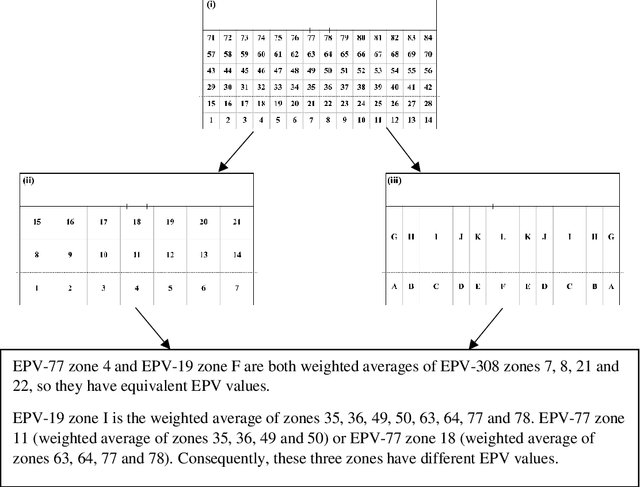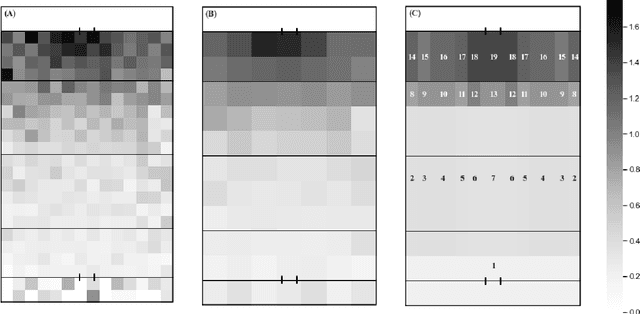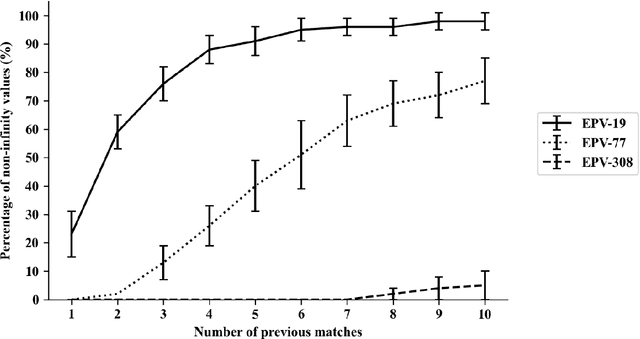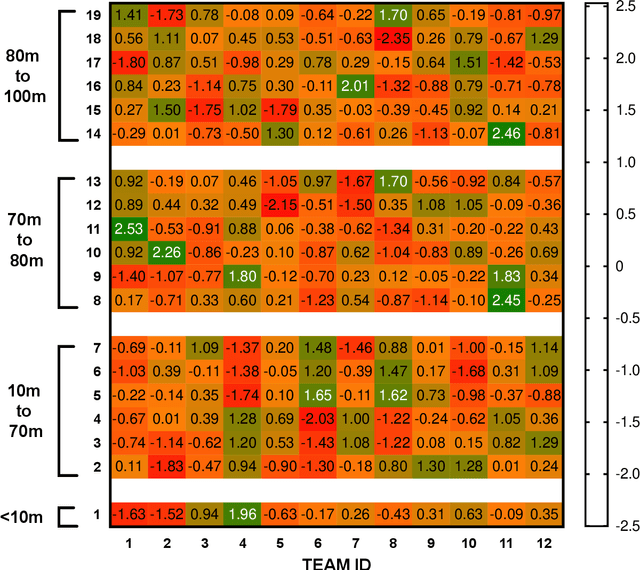Ben Jones
On relative universality, regression operator, and conditional independence
Apr 15, 2025Abstract:The notion of relative universality with respect to a {\sigma}-field was introduced to establish the unbiasedness and Fisher consistency of an estimator in nonlinear sufficient dimension reduction. However, there is a gap in the proof of this result in the existing literature. The existing definition of relative universality seems to be too strong for the proof to be valid. In this note we modify the definition of relative universality using the concept of \k{o}-measurability, and rigorously establish the mentioned unbiasedness and Fisher consistency. The significance of this result is beyond its original context of sufficient dimension reduction, because relative universality allows us to use the regression operator to fully characterize conditional independence, a crucially important statistical relation that sits at the core of many areas and methodologies in statistics and machine learning, such as dimension reduction, graphical models, probability embedding, causal inference, and Bayesian estimation.
Identification of pattern mining algorithm for rugby league players positional groups separation based on movement patterns
Feb 25, 2023



Abstract:The application of pattern mining algorithms to extract movement patterns from sports big data can improve training specificity by facilitating a more granular evaluation of movement. As there are various pattern mining algorithms, this study aimed to validate which algorithm discovers the best set of movement patterns for player movement profiling in professional rugby league and the similarity in extracted movement patterns between the algorithms. Three pattern mining algorithms (l-length Closed Contiguous [LCCspm], Longest Common Subsequence [LCS] and AprioriClose) were used to profile elite rugby football league hookers (n = 22 players) and wingers (n = 28 players) match-games movements across 319 matches. Machine learning classification algorithms were used to identify which algorithm gives the best set of movement patterns to separate playing positions with Jaccard similarity score identifying the extent of similarity between algorithms' movement patterns. LCCspm and LCS movement patterns shared a 0.19 Jaccard similarity score. AprioriClose movement patterns shared no significant similarity with LCCspm and LCS patterns. The closed contiguous movement patterns profiled by LCCspm best-separated players into playing positions. Multi-layered Perceptron algorithm achieved the highest accuracy of 91.02% and precision, recall and F1 scores of 0.91 respectively. Therefore, we recommend the extraction of closed contiguous (consecutive) over non-consecutive movement patterns for separating groups of players.
Development of an expected possession value model to analyse team attacking performances in rugby league
May 05, 2021



Abstract:This study aimed to provide a framework to evaluate team attacking performances in rugby league using 59,233 plays from 180 Super League matches via expected possession value (EPV) models. The EPV-308 split the pitch into 308 5m x 5m zones, the EPV-77 split the pitch into 77 10m x 10m zones and the EPV-19 split the pitch in 19 zones of variable size dependent on the total zone value generated during a match. Attacking possessions were considered as Markov Chains, allowing the value of each zone visited to be estimated based on the outcome of the possession. The Kullback-Leibler Divergence was used to evaluate the reproducibility of the value generated from each zone (the reward distribution) by teams between matches. The EPV-308 had the greatest variability and lowest reproducibility, compared to EPV-77 and EPV-19. When six previous matches were considered, the team's subsequent match attacking performances had a similar reward distribution for EPV-19, EPV-77 and EPV-308 on 95 +/- 4%, 51 +/- 12% and 0 +/- 0% of occasions. This study supports the use of EPV-19 to evaluate team attacking performance in rugby league and provides a simple framework through which attacking performances can be compared between teams.
 Add to Chrome
Add to Chrome Add to Firefox
Add to Firefox Add to Edge
Add to Edge